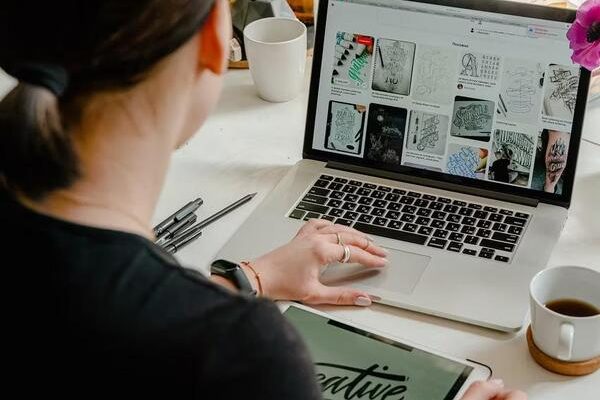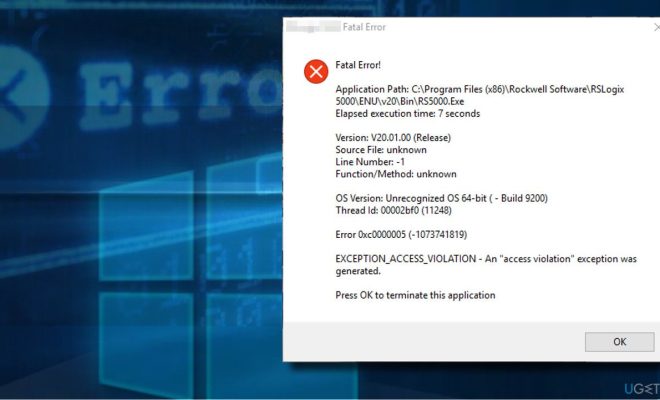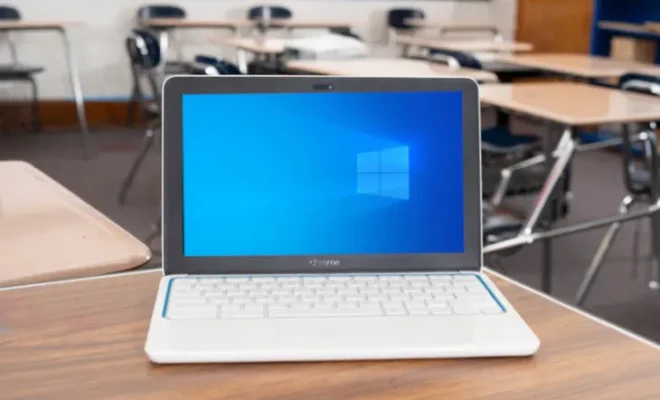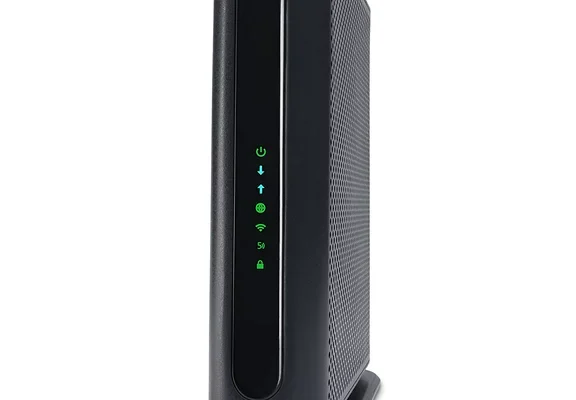The Dark Side of AI Art: Potential Issues With the Growing Trend

AI art is a growing trend that has been gaining traction in recent years, with many artists and creatives utilizing AI algorithms to produce innovative and awe-inspiring pieces of art. From computer-generated paintings to AI-assisted photography, it seems that the possibilities with AI-generated art are endless.
However, as with any new technology, there are potential issues that we need to be aware of when it comes to AI art. Here are some of the darker sides to this growing trend:
1. Lack of Human Creativity
One of the most significant potential issues with AI art is that it lacks the creativity of a human artist. While AI algorithms can produce stunning visuals, they are limited by their programming and cannot replicate the imagination and originality of a human artist. This means that AI art may lack the emotional depth and complexity that humans can bring to their creative work.
2. Ethical Concerns
Another issue with AI-generated art is the ethical implications that come with it. There have been cases where AI-generated art has been sold for high prices at auctions, leading to questions about the value of such creations. Furthermore, there are concerns about intellectual property rights and ownership over the art created by AI algorithms. Who is the real creator of these works of art?
3. Reinforcement of Bias
AI algorithms are only as unbiased as the data sets they are trained on. This means that AI-generated art may inadvertently reinforce biases present in the data used to train the algorithms. For example, if a data set contains predominantly images of white people, an AI algorithm trained on this data may be less accurate at recognizing people of color. This could lead to issues of representation and diversity within the art created through AI.
4. Potential Job Losses
As AI becomes more advanced, there is the possibility that it may eventually be able to create art without the need for human intervention. This could lead to a loss of jobs in the creative industries, as AI algorithms are increasingly used to create artwork. While AI-generated art may have its benefits, it is important to consider the potential impact it could have on artists and their livelihoods.
In conclusion, while AI art certainly has its benefits and has the potential to revolutionize the creative industries, it’s important to be aware of the potential issues associated with the trend. From lack of human creativity and ethical concerns to issues with bias and potential job losses, we must be mindful of the darker sides to this growing trend. Ultimately, it’s up to us to ensure that AI art is developed in a responsible and ethical manner, that benefits both the artists and society as a whole






